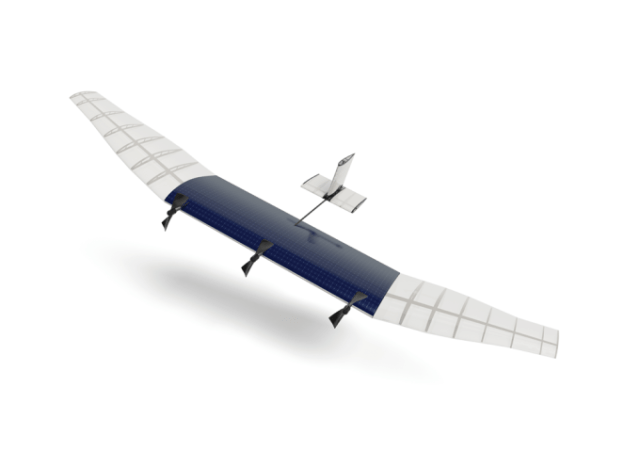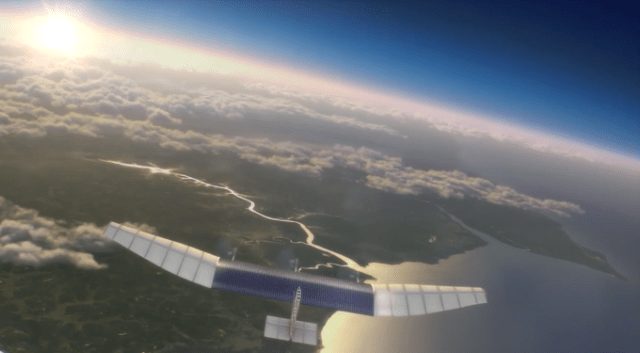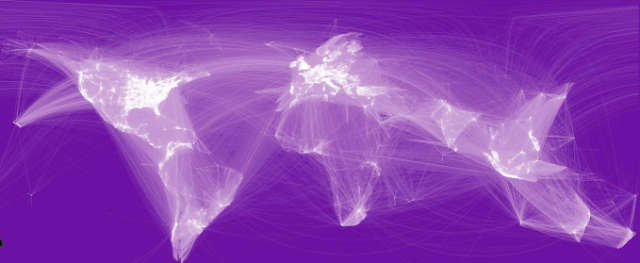As reported on TechCrunch.
by Josh Constine

We now live in an era when Mark Zuckerberg speed-dials Obama, controls fleets of drones, brokers $19 billion acquisitions in a week, and buys whole virtual worlds. Facebook’s mission has changed. While once it was solely “to make the world more open and connected”, it’s expanded to also “give people the power to share.” And nothing is too crazy if it brings Facebook one step closer to that goal.
If you squint, the strategy looks a lot like the mantra of Facebook’s early days, “Move fast and break things,” but on a much more grandiose scale. Back in the 2000s, Facebook wasn’t afraid to launch sweeping new features like News Feed to the entire user base at once or overhaul privacy without warning, even if it had to apologize and back-track.

Pastbook
But as Facebook approached its IPO, something changed. All thoughts seemed to turn to monetization. The product itself appeared to slow down, while business ratcheted up. Facebook began injecting ads into its sacred News Feed. It battled with game developers to levy a 30 percent tax on their in-app purchases through its Credits virtual currency. And it started asking Pages to pay to reach their own fans.
When the share price plummeted on IPO day, it became clear that Facebook’s next crisis was mobile. It was hardly earning any money there, but that’s where its whole user base was headed. So it ditched the weak HTML5 mobile web standard and rebuilt its apps entirely natively to boost speed. It got dead serious about private messaging with big investments into its standalone Messenger app. And most critically, it saw that crowded app stores were making discoverability and growth tough for developers, so it launched mobile app install ads.
Now, its apps are much better liked, Messenger has become a real competitor, and app install ads have turned into a cash cow. The helped Facebook become a mobile-first advertising company with over 50 percent of its ad revenue stemming from the small screen. That’s more than $1 billion a quarter in mobile revenue alone. This all wrenched the share price out of the hole and up into the $60 range its been fluctuating around recently.
Having proven it’s equipped for the mobile era, and with the Wall Street monkey off its back, Facebook has finally been able to lift its sights to the horizon.

A Brave New Facebook
Since Facebook’s share price surpassed its $38 IPO mark in August, we’ve seen it act like a much bolder company:

Compare that to any seven months of moves in the past few years and it will look like Zuckerberg started watching too many sci-fi movies. But actually, he’s been turning Facebook’s new three-part mission into a reality. The CEO explained his plans on the call to investors following the Oculus acquisition announcement:
“I’ve framed our strategy as three high-level goals over the next ten years- connecting everyone, one; two, understanding the world; and three, building the knowledge economy.
With this acquisition, now each of those initiatives has an ambitious long-term bet associated with it, in addition to our important near-term work as well.
For number one, connecting everyone, for the long term we have Internet.org, our initiative to make free basic internet services available to everyone in the world. And for connecting everyone, we also have our near-term efforts for our messaging and growth.
For number two, understanding the world, we have our ambitious AI Research Group, which is trying to build a unified model of how every person [inside] the world is connected to each other. In the near term, our efforts here are in search and News Feed, and will help your network surface more useful information to you.
And for number three, building the knowledge economy, that’s really about building future technology platforms. And we now have Oculus joining us, which long term can be one of the next important computing platforms. And of course we will continue to focus on our extremely important work of building out our advertising platform as well, as part of this.”
With this strategy laid out, Facebook’s seemingly erratic launches, acquisitions, and investments come into focus. Facebook is playing two games. One for today, with messaging and News Feed powered by ads, and one for tomorrow, with AI and virtual reality powered by the entire globe being connected to the web and to Facebook. As outgrows its “social network” label, Facebook seems unconcerned with being perceived as creepy as long as it’s making progress.

There’s only one other company that seems to be thinking this far in advance and that’s Google. It has Project Loon for connectivity, Glass for augmented reality, Calico for human longevity, Boston Dynamics for robotics, Nest for the connected home, self-driving cars, and Deep Mind for artificial intelligence.
Both have realized technology is a lot bigger than showing ads on desktops and smartphones. They’re using the revenue from this era to fund research and acquisitions so they can pay their way to the next generation of innovation. It could be years before some of these technologies are ready for the consumer market and even longer until they’re widely embraced. But that’s why they’re starting now. Invention and integration take time. Of course, both could waste billions barking up the wrong trees. If users sidestep the Facebook-owned WhatsApp or developers abandon Oculus, these big bets could be seen as huge blunders in hindsight. But to these giants, gambling seems less risky than sitting atop a pile of cash.
The age of social snuck up on Google, and the age of mobile snuck up on Facebook. Now that Facebook has its small-screen strategy humming, it has the bandwidth and brashness to join Google in the hunt for the future.’